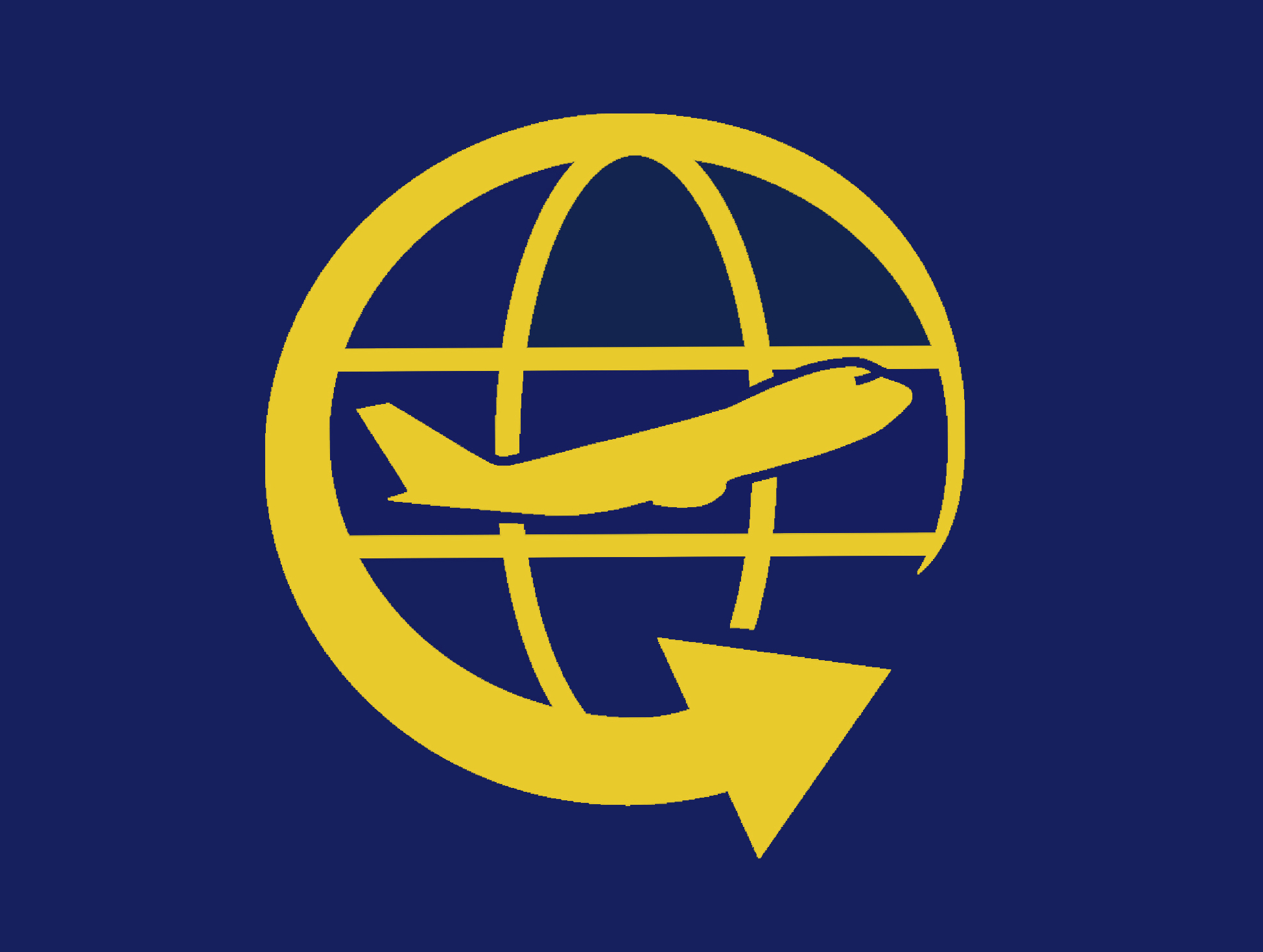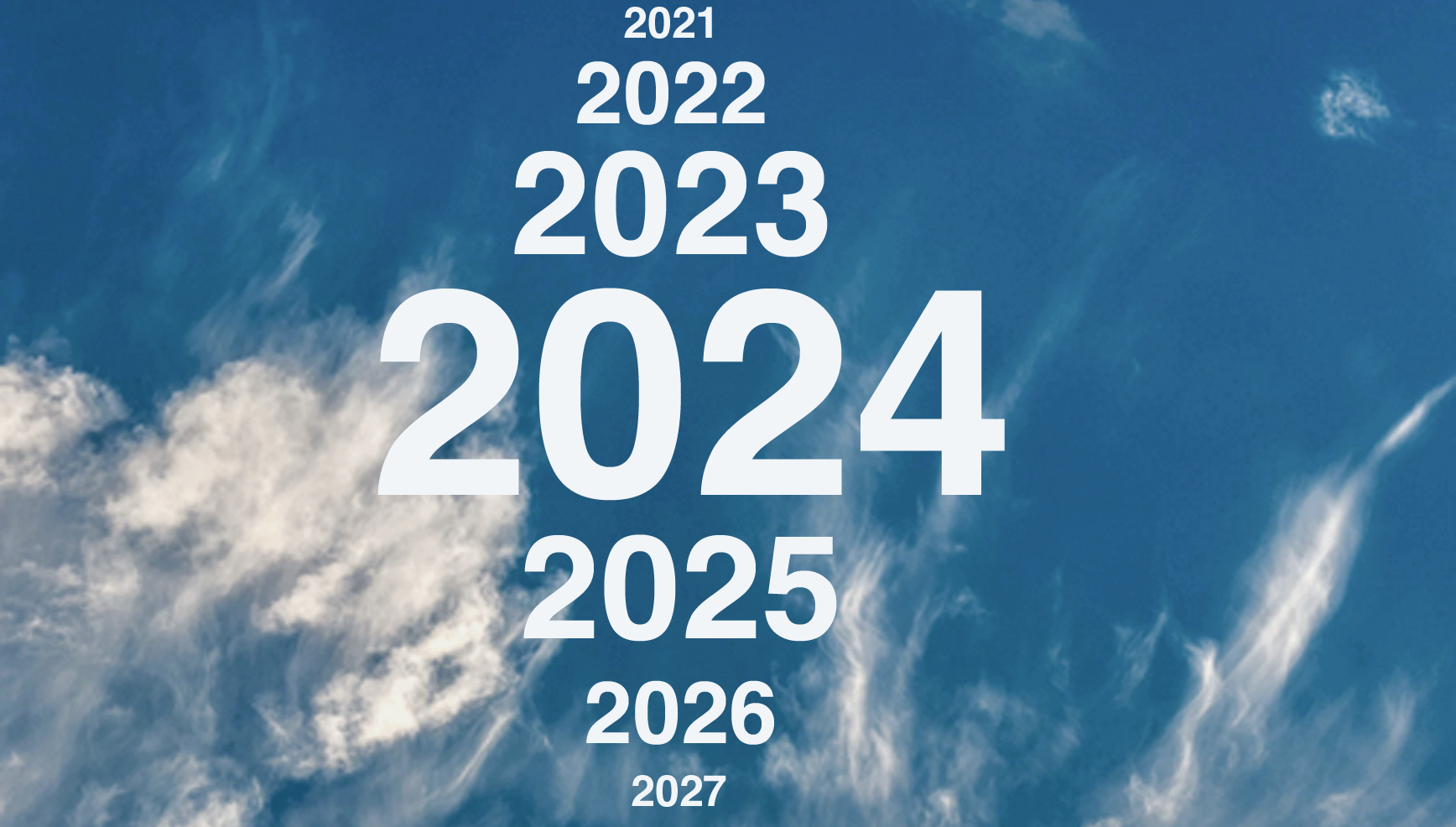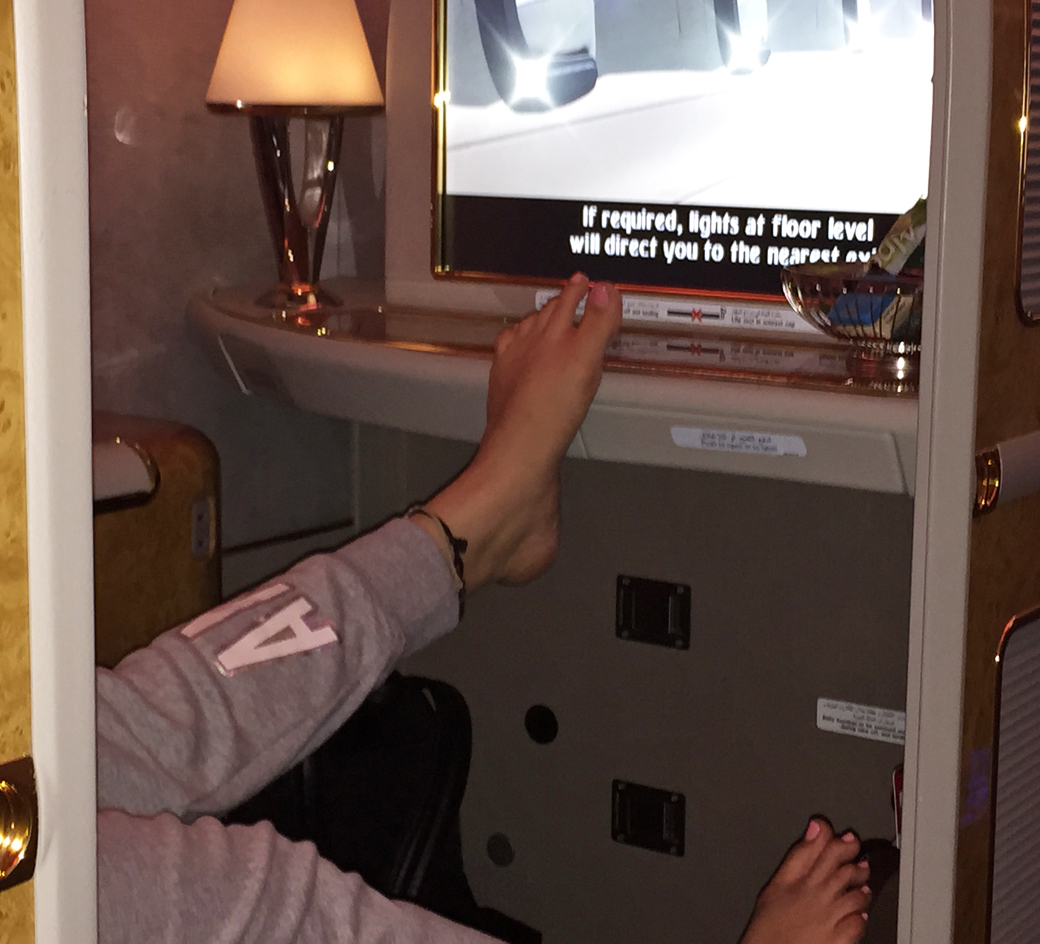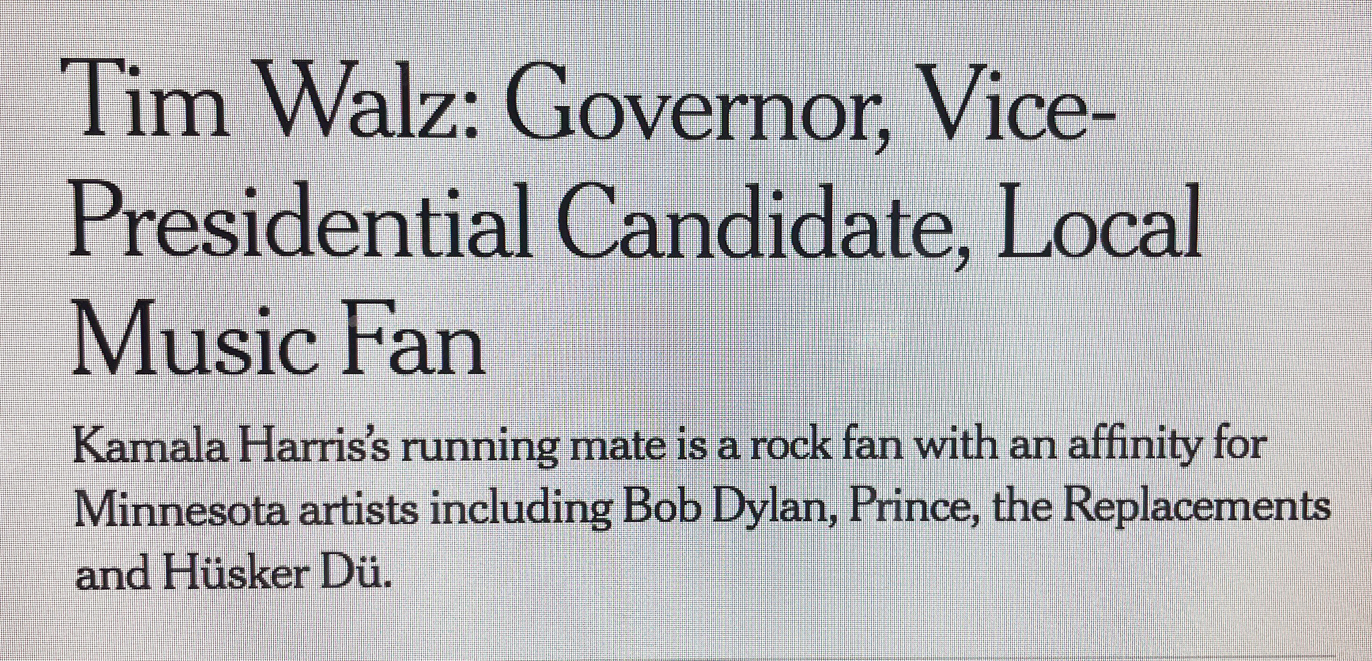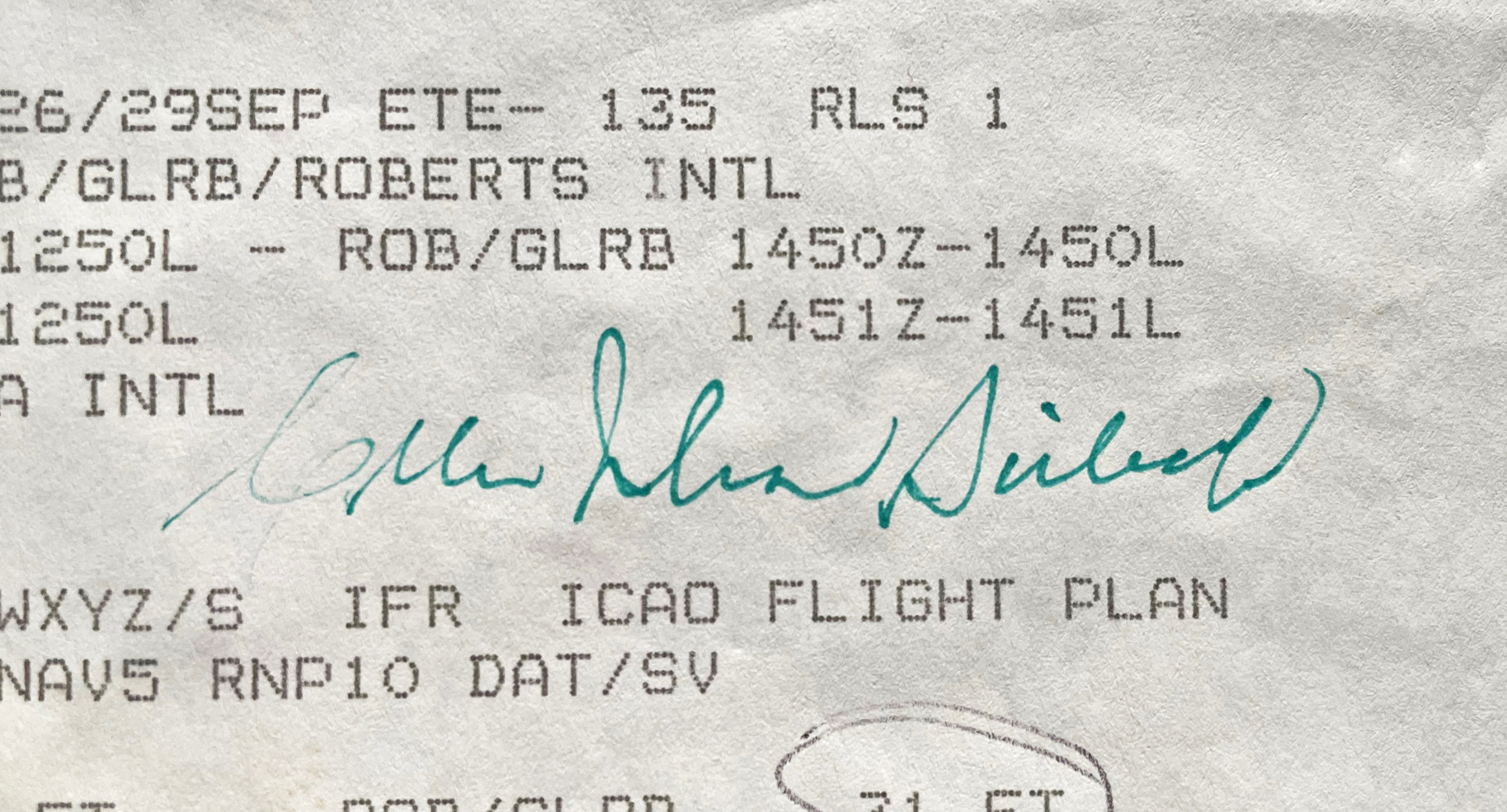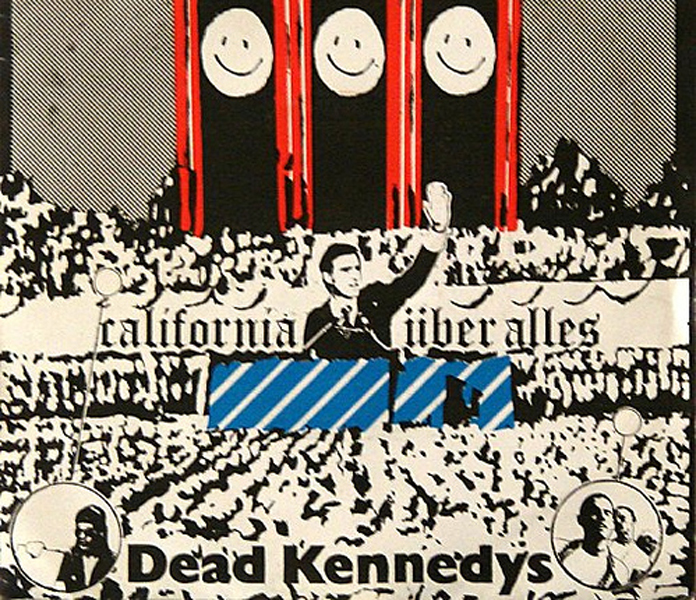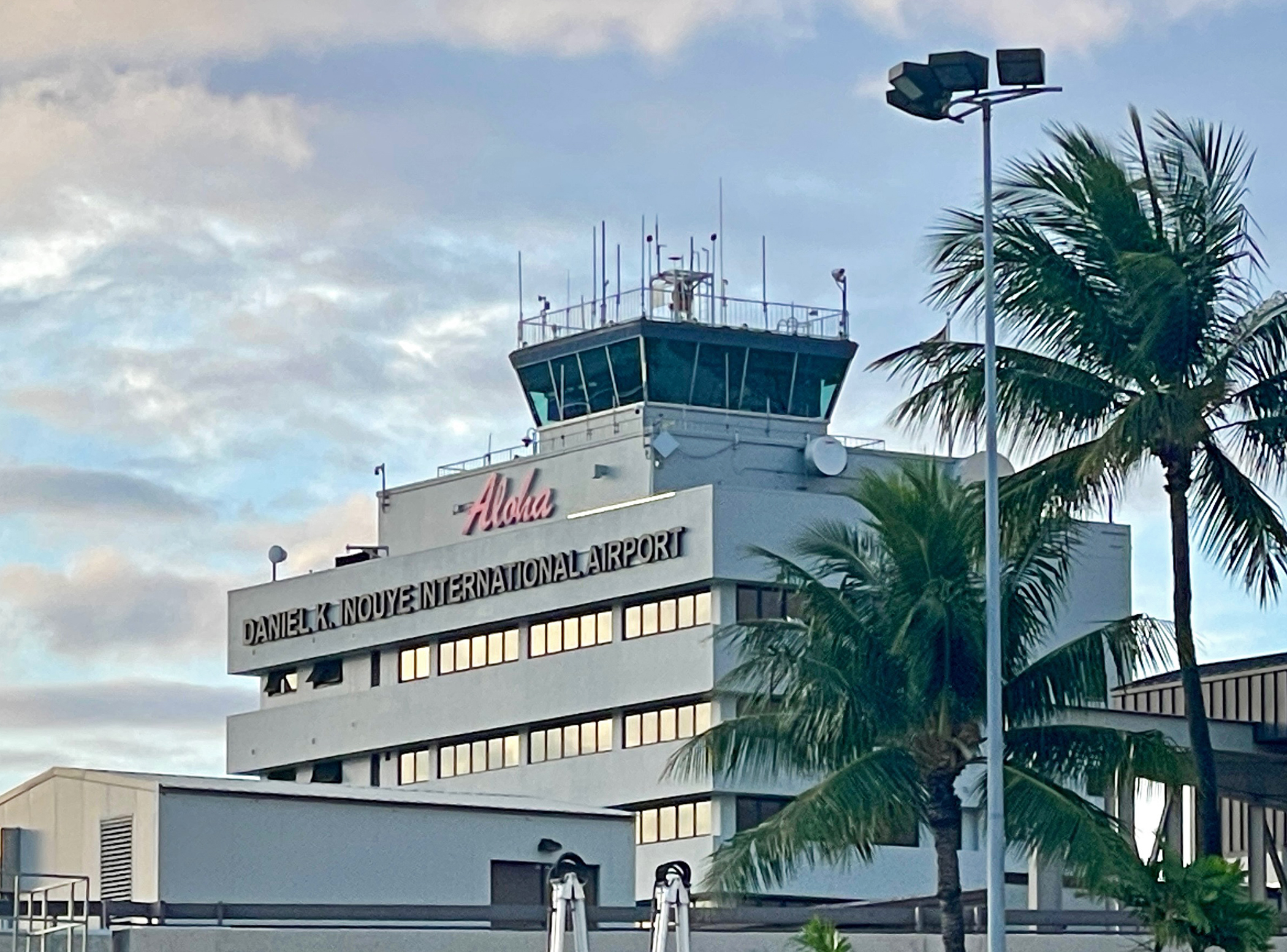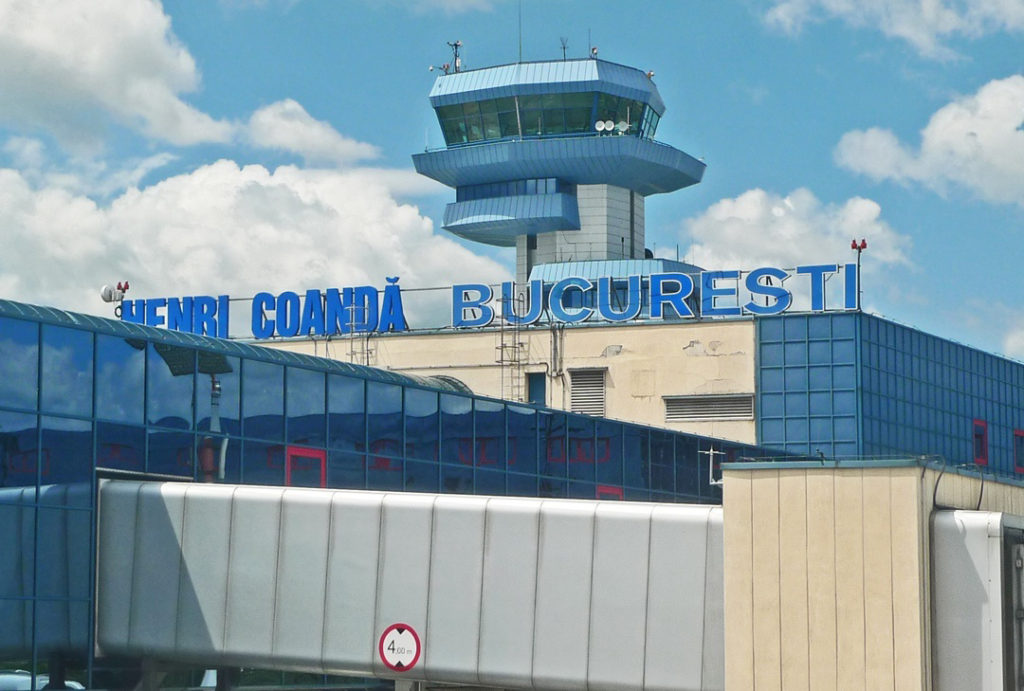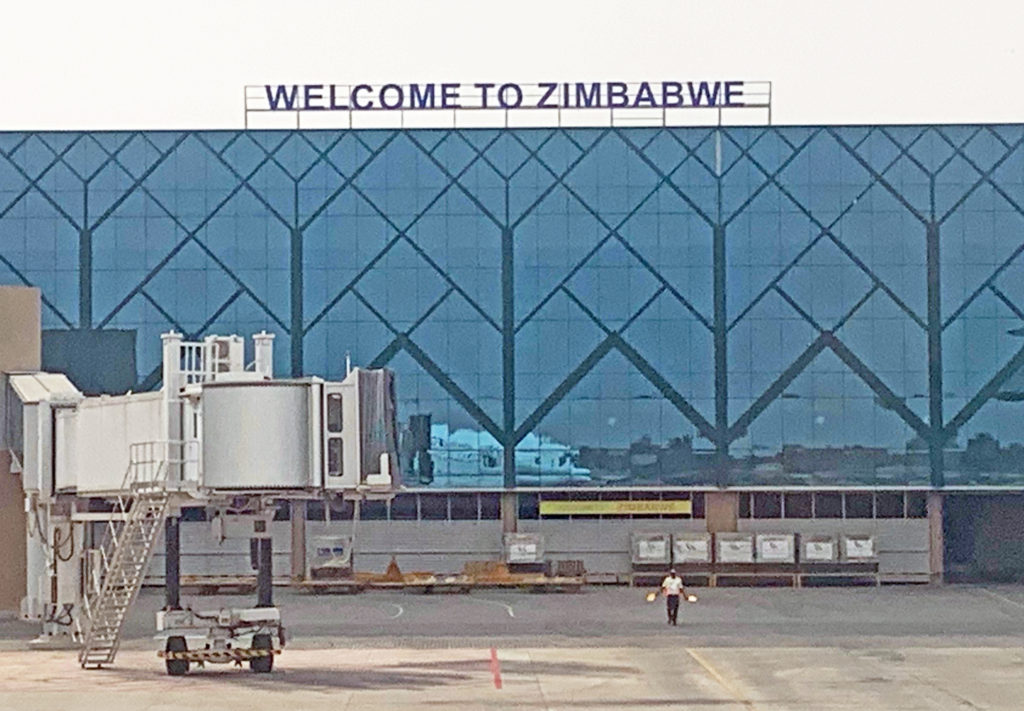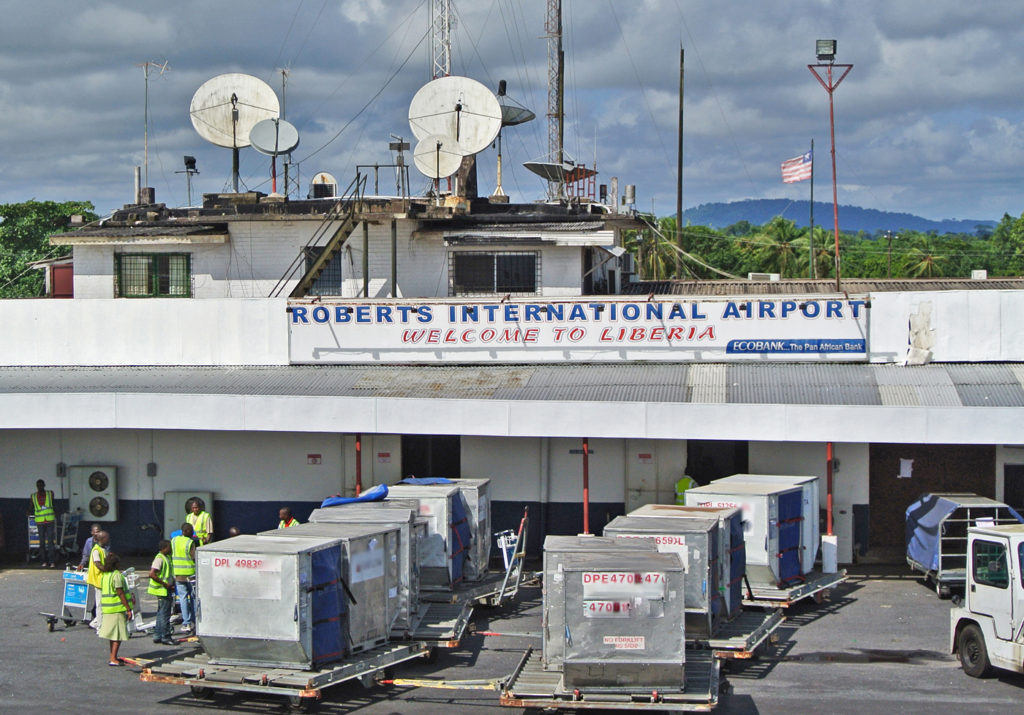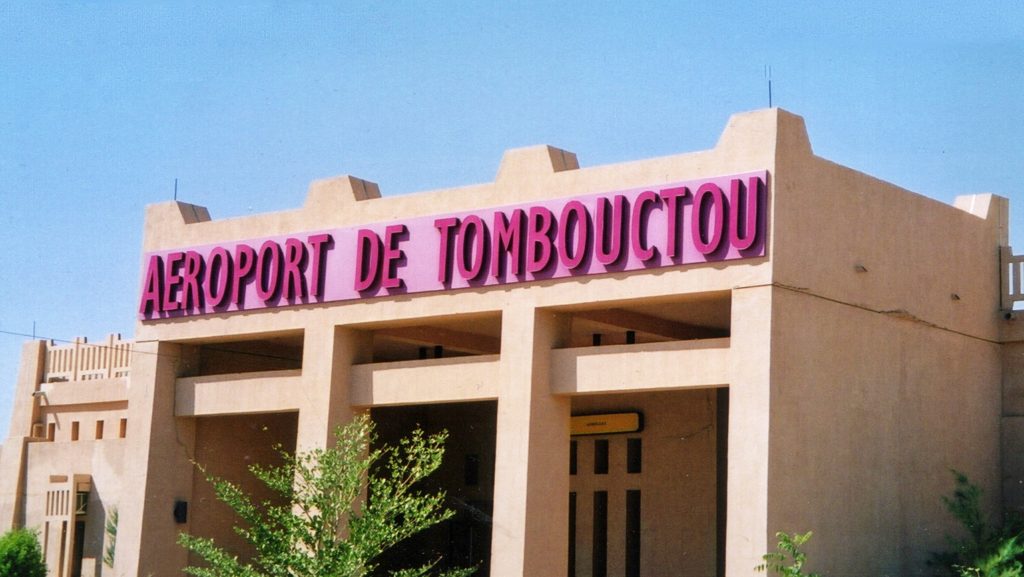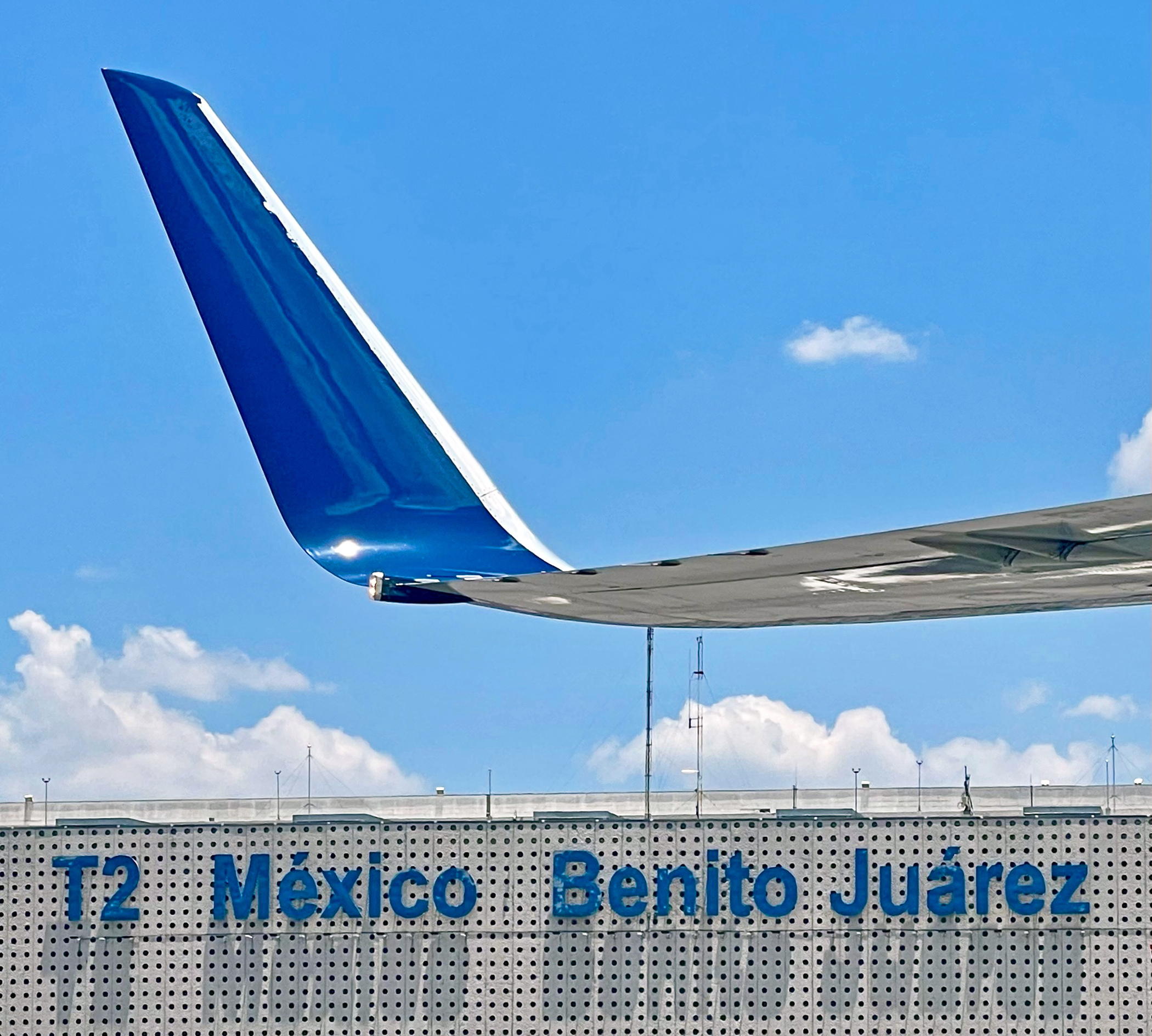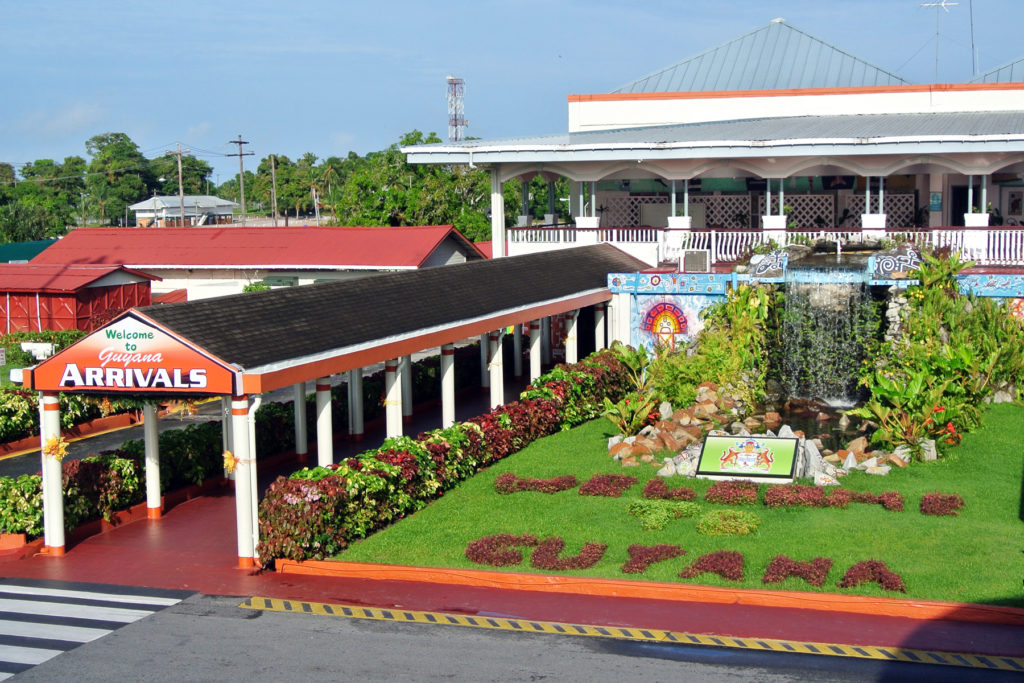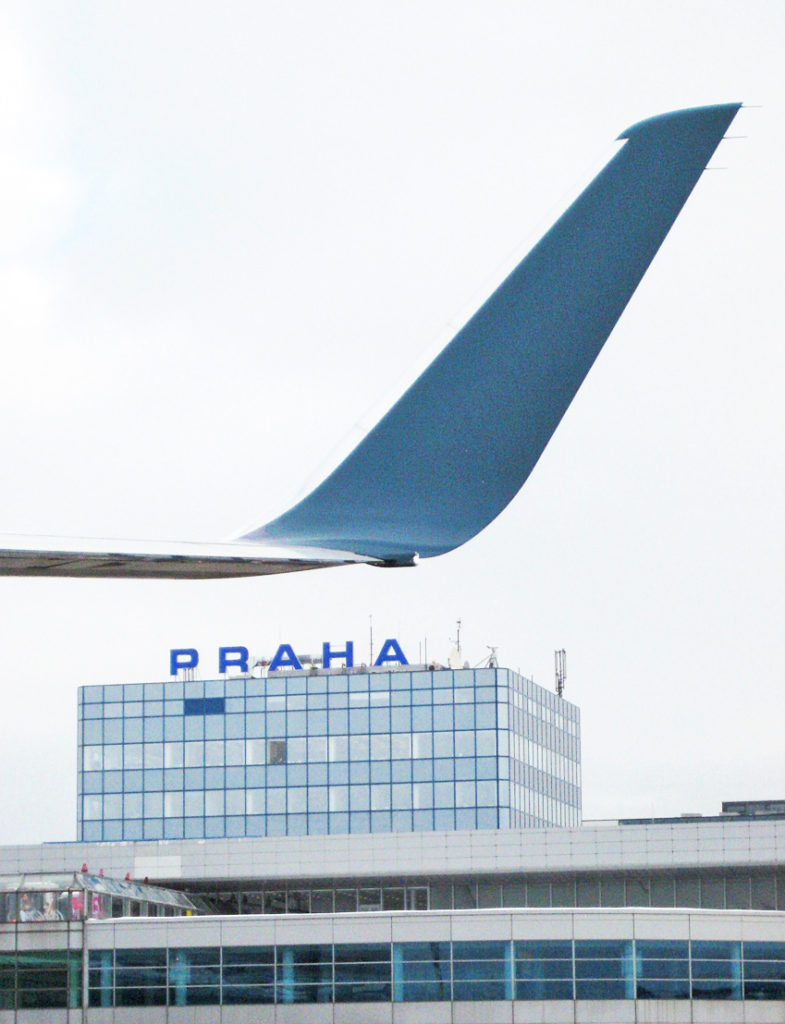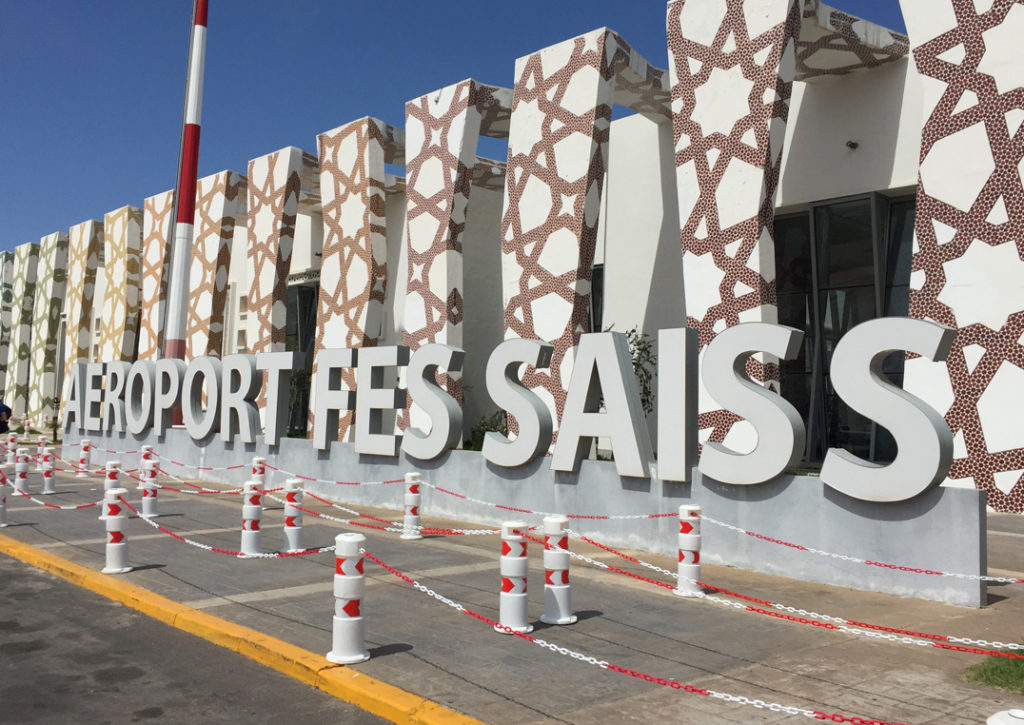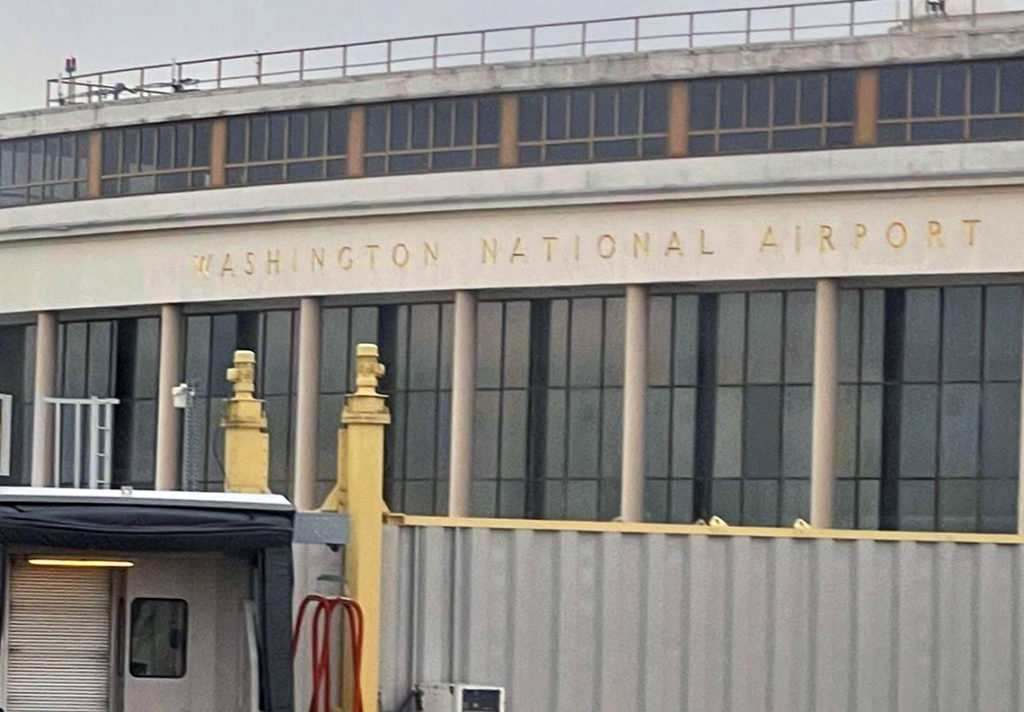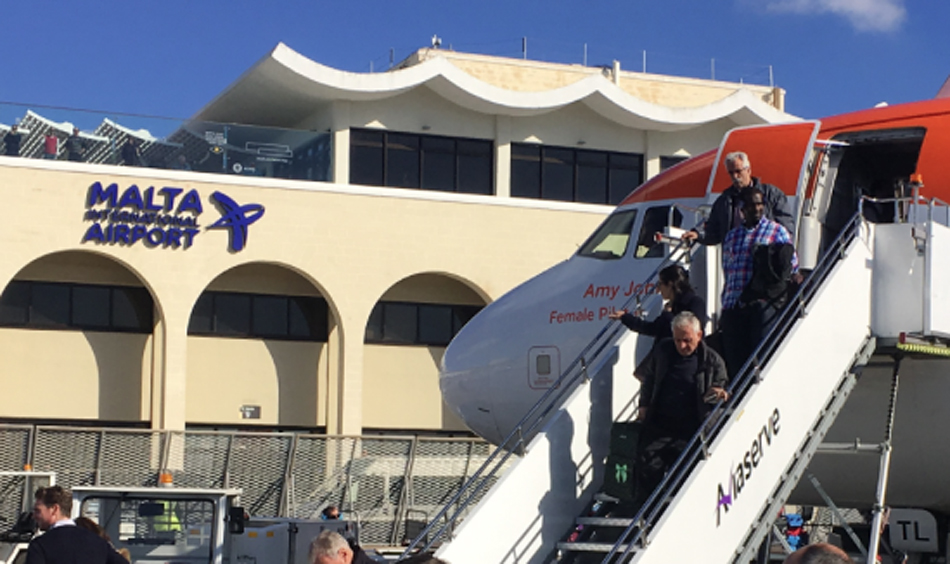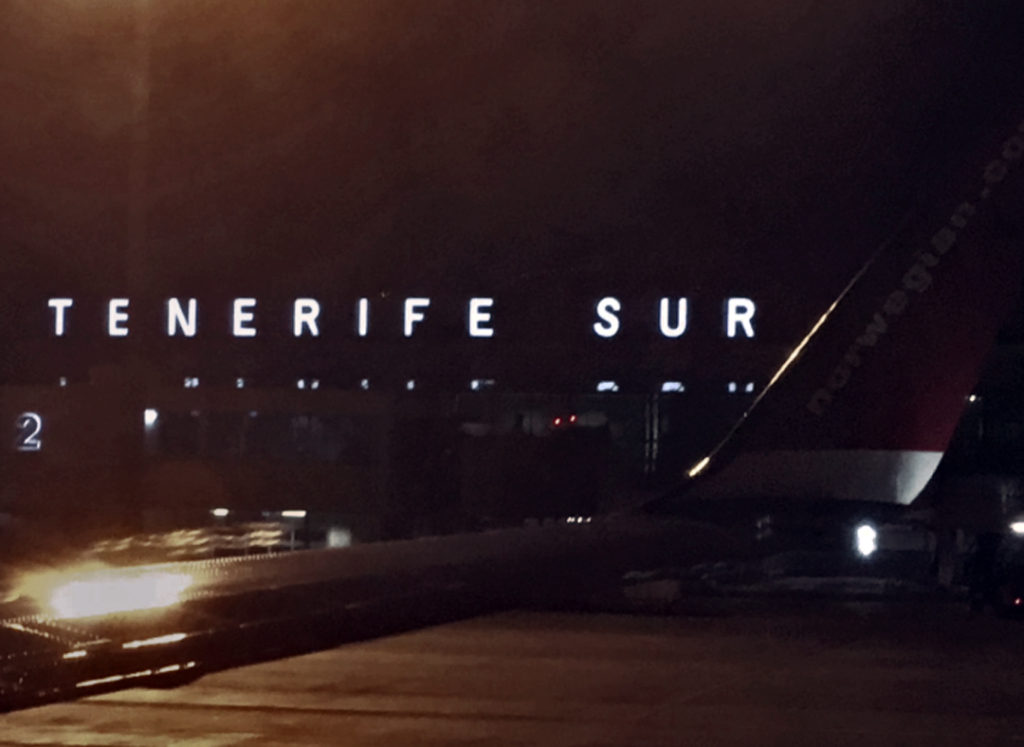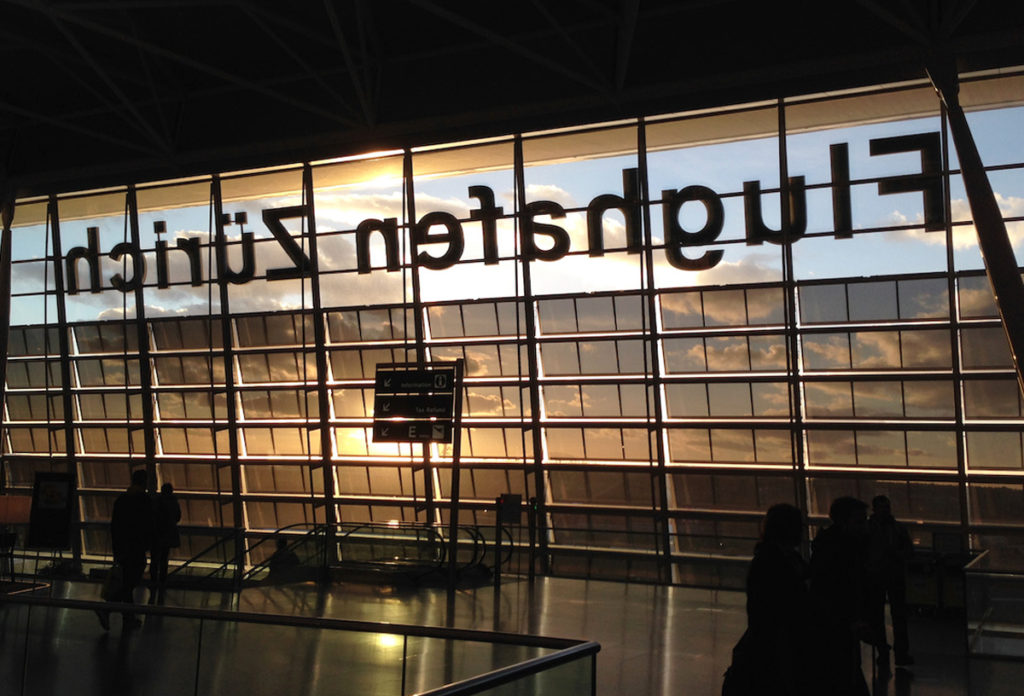Down and Out at the El San Juan
A Planespotting Memoir.
December 4, 2024
WHAT WERE YOU DOING on December 4th, 1980? Chances are you have no clue. Owing to my eccentric habits of memory, I can tell you exactly what I was doing. I was flying to San Juan, Puerto Rico, for a four-day vacation with my parents and sister.
I was a freshman in high school, thirteen years old. Distant ago as it was, my recollections of that long weekend are, you’ll likely agree, startlingly specific. This is owed, maybe, to the impressionability of the adolescent mind, but also the degree to which I savored trips by airplane. Short as it would be, this was a vacation I’d spent weeks looking forward to, with most of that adrenaline focused on the flight.
The morning of the fourth was a Thursday. I’m so sure it was a Thursday that I’m not going to burden Google with the keystrokes to double check. It was also cold; the temperature had plummeted overnight, making the thought of a respite in sunny Puerto Rico all the more appealing. I can remember, our bags packed and waiting for our ride to Logan, standing by the door that led to our back porch, and marveling at how the glass had frosted over, all white and crystalline. A man on the kitchen radio said it might drop into the teens.
We flew economy class on an Eastern Airlines L-1011. It was my first time on a TriStar and only my second time on a widebody jet. The cabin was maybe half full. I moved around, and at one point had a center block of seats all to myself.
A movie played on the cabin bulkhead screen, blurry and distorted, but I didn’t watch it. Instead I listened to music, clamping on a pair of those awkward, stethoscope-style headphones some of use are old enough to remember, with the little caps on the end that scratched into your ears. The Pat Benetar song “Hit Me With Your Best Shot” was popular the time. I had no prior fondness for that song, but something about how it sounded, coming through that blue plastic tube, enthralled and energized me. I listened to it over and over. (You couldn’t rewind on the old audio systems, so I’d wait patiently while cycled through a dozen other songs.) The chorus would be stuck in my head for days.
We stayed at the El San Juan, a mediocre hotel just a short drive from the airport. I have a memory of beige or yellow stucco. The hotel was on the beach, with backside rooms overlooking the ocean. The room they gave us, however, was on the city side, five or six floor up, and when I pulled back the curtain I was astonished to realize we had a view of the airport. Specifically, we could see the entire approach end of SJU’s runway 8, plus a good portion of the adjacent taxiway. Planes touching down would soar right past our balcony, while those taxiing for takeoff would trundle by in plain view.
This would be a problem. For as much as I wanted to swim and enjoy the warmth of the Caribbean, I also wanted to sit on the balcony with my binoculars and watch jets. We hadn’t traveled much, and my planespotting had been limited mostly to Boston, with its predictable roll call: Eastern, Delta, Allegheny, TWA, plus a smattering of European traffic. San Juan, though, was like nowhere I’d been — an airport of Latin exoticness. Here would be planes and airlines I’d only seen pictures of.

The author and his sister in 1980.
I unlatched the glass door and stepped outside, taking in that tropical smell of heat, humidity and vegetation, with the whine of turbojets in the background. As my mom, dad, and sister put their swimsuits on, I became more and more reluctant to leave that balcony.
Two things solved my dilemma:
The first thing was the weather. Thursday afternoon had been sunny, and Susan and I spent a good two hours in the water battling the four foot breakers. By the morning of day two, however, it had turned damp and drizzly and cool. And the forecast said it would stay this way — overcast, with periods of light rain — right through our departure on Sunday.
The second thing was a hamburger. I’d consumed this burger in the hotel restaurant on Thursday evening. By midnight I found myself in the throes full-on food poisoning, vomiting and feverish. I camped out in the bathroom for I don’t know how long, sitting in the harsh fluorescent light, listening to a radio station from the Virgin Islands. I can clearly remember the garish red-and-white pattern of the tiling.
And so, after an abbreviated and fitful sleep, I awoke on Friday morning to gray skies, a low simmering fever, and a very troubled stomach. Swimming or sightseeing was out of the question. About the only thing I could do, and would do, is watch planes.
It’s not that I wasn’t disappointed. Enamored as I was with aviation, I wasn’t going to forsake the the warm-weather pleasures of San Juan for something as nerdy as planespotting. But now that weather had gone south. And, I was sick. I now had a viable backup plan, enjoyable and distracting enough to salvage my vacation.
I have no idea what my parents and sister did over the next 48 or so hours. I assume they went shopping, or maybe took a rainy-day tour of El Morro. But I know what I did: I sat in a metal chair with my Bushnell 10x42s and a notebook, hunkered down like a postmodern birdwatcher, logging the arrivals and departures at San Juan International Airport. Rain and illness were a bummer for sure, but on another level I was elated.
Back at home I had a book, the 1980 edition of “World Airline Fleets.” This was an annually published directory with the registrations and specs of every commercial plane in the world, arranged alphabetically by country and airline. Once a plane once was “spotted,” you could mark it with a check, or, as I did, line through the listing with a highlighter. Later, at our dining room table, I’d take out the notebook from San Juan and meticulously transpose each sighting.
Neither that notebook nor the fleets volume survive (the one in the photo was found online). Like most of my memorabilia from that era, it was carelessly and foolishly discarded. My memories, on the other hand, are intact, perhaps to a point of almost preternatural detail. How and why I’m able to recall such things is something I can’t fully explain; after all, there are significant tracts of my life that I remember little from. I’ve forgotten names, places, birthdays, phone numbers, the when and where of so many events. But I can tell you without hesitation which planes I saw coming and going at the San Juan airport in December, 1980.

There were, for starters, the multicolored Herons of Prinair, the Puerto Rican commuter carrier whose route network island-hopped the Caribbean. The Riley Heron was a peculiar bird, with 17 seats and four piston engines. That weekend was the only time I ever saw a Heron, but surely I logged the entire Prinair fleet three times over. Every minute, it seemed, a Heron was puttering by.
I remember the American Airlines “Inter-Island” Convair 440s. Those too were piston-powered, precursors to the American Eagle turboprops and regional jets that would later serve San Juan. I saw the old Jetstreams of Dorado Wings, an Air Haiti C-46 Commando, and any number of Douglas DC-3s, anonymous in dirty silver paint. I saw a DC-9 in the colors of BWIA, an Aviaco DC-8, an Iberia DC-10 coming in from Madrid, as well as my first Pan Am DC-10, a plane inherited during the merger with National Airlines earlier that year.
The highlight, though, had to be the Lockheed Constellation. It wore the red and white livery of Argo S.A., a Dominican freight outfit, with the registration HI-328. I watched it take off and land at least three times, so it must have been shuttling back and forth. This was the only operating Constellation I ever saw, or ever would see. You can find several photographs of HI-328 online, where you’ll also learn that it crashed into the ocean near St. Thomas about a year later.
And that was my holiday.
On Sunday afternoon the skies cleared, just in time for our trip home. We took off in darkening twilight at around 4 p.m. Once again we were aboard an Eastern L-1011. This time we were upgraded to first class, a 2-2-2 cabin done up in fudge-brown leather.
We all have our ways of recalling our lives, our chronological cues. For me, the demarcations are so often those of airplanes, trips, and places visited.
I’m frustrated, though, by the selectiveness of memory. I can remember the registration I.D. of a particular airplane, which is cool (I think), but what I can’t remember is what sort of path I expected my life to actually take. What was I thinking? I wanted to become a pilot, that I knew. But I was such a lazy little shit of a kid, with no real idea of how to make that — or anything else — happen; how the steps towards that goal were actually my responsibility. Something, somebody, would take care of it for me, I assumed. It would all just work itself out.
I think I became a pilot in spite of my love for aviation, not because of it. I got lucky.
On Monday, December 8th, I was back in class at St. John’s Prep School, where I was a moody misfit freshman with no friends. Nobody believed I’d been to Puerto Rico, because I didn’t have a tan.
Related Story:
MY LIFE LIST

